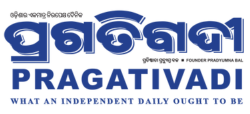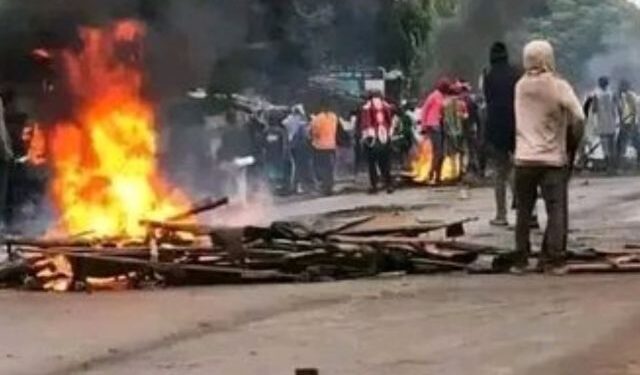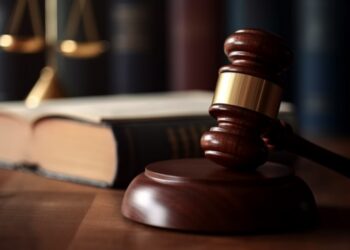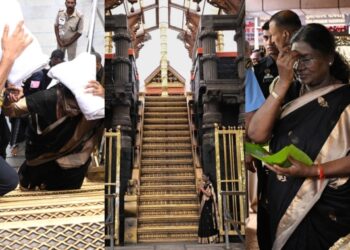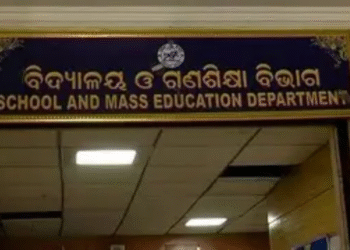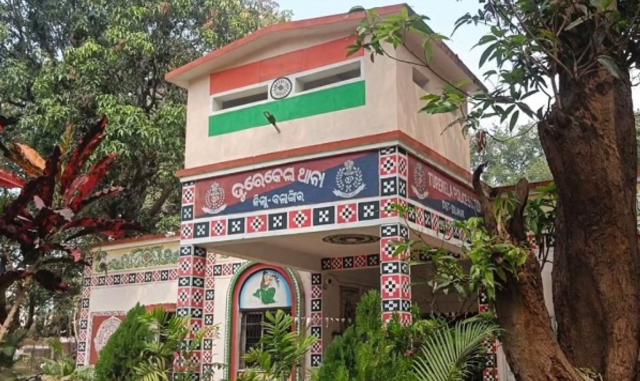At least 11 people lost their lives and dozens sustained injuries during anti-government protests across Kenya on Monday, as demonstrators marked the 35th anniversary of the historic Saba Saba movement—a pro-democracy rally that first challenged the one-party rule in 1990 under then-President Daniel Arap Moi.
Security forces opened fire in Nairobi’s Kangemi suburb, leading to two confirmed deaths from gunshot wounds at Eagle Nursing Home. In total, 24 individuals were hospitalized across the capital, and multiple reports emerged of law enforcement firing directly at crowds.
The protests were reignited by the death of 31-year-old blogger and teacher Albert Ojwang in police custody last month, which drew fierce criticism and reenergized youth-led campaigns against corruption, police brutality, and the silencing of dissent.
In addition to reported fatalities, Kenya’s national police force stated that 52 officers were injured during the clashes, and several incidents of looting, vandalism, and road blockades occurred. Eyewitnesses and human rights groups also reported sightings of hooded, plainclothes officers using unmarked vehicles—an alleged breach of court mandates requiring identifiable uniforms during crowd control.
Disturbingly, the Kenya National Commission on Human Rights noted that armed criminal gangs appeared to be operating alongside police forces in several locations, including the Rift Valley town of Eldoret and the cities of Nakuru, Nyeri, and Embu.
Interior Minister Kipchumba Murkomen, who previously referred to the protests as “terrorism disguised as dissent,” reiterated on Sunday that security agencies remained vigilant to prevent disruption. However, critics argue that the government response is only deepening societal fractures.
Saba Saba—meaning “Seven Seven” in Kiswahili—remains a potent symbol of democratic resistance. But this year’s observance underscores a grim paradox: a commemoration of freedom, marred by bloodshed.
